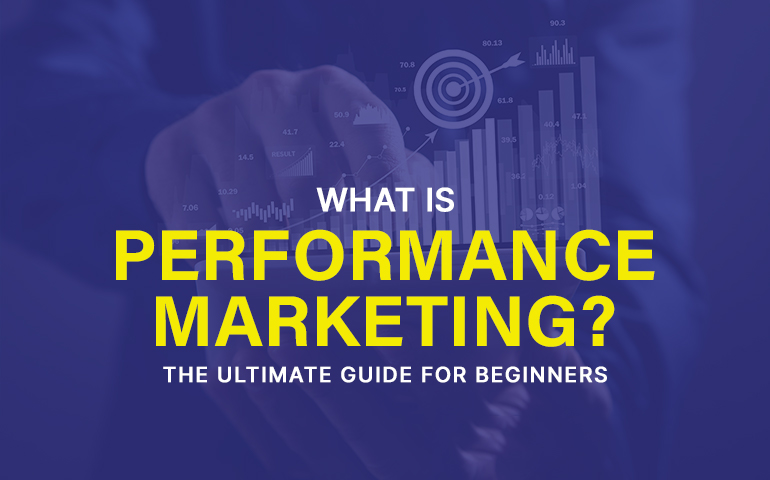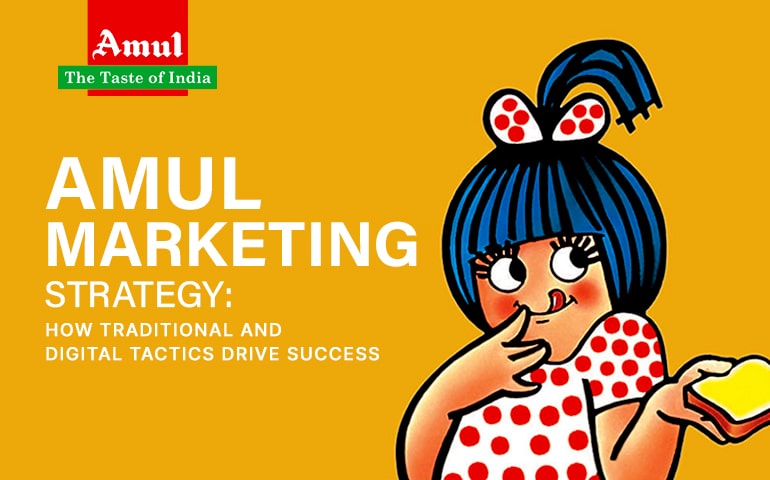A great challenge for companies is to assertively define what strategies to use to attract new customers and place their brand in the digital world. The marketing plan is a roadmap to get there.
Regardless of the company’s size, it is necessary that it considers it important to do a complete one. This is the only way to know exactly what to do to achieve the business objectives, whether it is to be in the market, increase sales, etc.
What is a marketing plan?
The marketing plan is a document that analyzes the situation of the company or business and establishes the plan of marketing actions that contemplates the objectives and goals in the short, medium, and long term. It can be done for the company in general or an individual product and/or service.
Whoever thinks that the marketing plan should be done only by medium and large companies is wrong. Every business, even one that is starting now, needs a marketing plan to achieve its objectives, grow and win new customers.
How long does it take to make a Marketing Plan?
In general, a marketing plan is proposed for each year that begins. However, it is also possible to plot them for longer periods, such as 3 or 5 years.
This choice depends on the expansion of your product or service as well as the evaluation of the market needs that you identify.
Marketing Plan and Business Plan
The marketing plan can be within a more general business plan that includes other aspects of the company outside the Marketing area—for example, things related to the facilities or financial areas.
With this plan, it is possible to have a broad vision of the state of the business to decide what actions and strategies are necessary for the business to function and grow.
What are the stages of the marketing plan?
Creating a marketing plan is not the easiest task in the world. It is necessary, in addition to many studies, to know its essential stages to define the actions.
1. Executive Summary
To start the marketing plan on the right foot, the first step is the executive summary, which is nothing more than a brief introduction to the plan that summarizes the main points and topics of the document.
The executive summary is an important element in any document that compiles a business action plan and has two main functions: to allow a quick diagnosis about the company and its plans and lead its reader to understand the plan.
In general, the summary covers, in summary, form the following details:
- Product overview
- Market and recipient vision
- Who are the competitors?
- The SWOT analysis of the business
- Marketing goals and objectives
- Action implementation strategies
- Programming and evaluation methods (metrics)
Although it appears at the beginning of the document, the summary is the last part to be written. Does it seem strange to you? I’ll explain. This is because it must be done after having analyzed, written, and reviewed the details of the marketing plan.
2. The Buyer Personas Of The Target Market
Defining the buyer person (s) of the target market is a part of the marketing plan that you cannot forget. Remember that buyer persona and target audience are different things.
While the latter describes more demographic data, the former presents, in addition to demographic data, behavioral data. Then, the buyer persona serves to describe as completely as possible how a potential customer acts and thinks when buying something.
The main characteristics used to define the buyer persona are:
- Gender and age
- Job title
- Habits
- Hobbies
- Lifestyle
- Where do you look for information?
- Challenges and problems you face
- Buying habits and what influences you
But why is it so essential to include the buyer persona in the marketing plan? Because by doing so, you will be able to define what strategies should be in the plan, as well as the tone and style of the contents and actions.
In order not to create a buyer persona based on assumptions, we selected three tips so that you can map who your great potential customer is.
If your business already has an audience on social media and on your website, use tools like Google Analytics and Facebook Insights to collect real data about the majority audience.
Also, look at the audience of your competitors.
Research your recipients to better understand their habits and create the buyer persona from there.
3. Marketing Strategies
After understanding the buyer persona of your business, it is time to describe what strategies will be established to achieve the objectives.
Thanks to the growth of online outreach channels, there are thousands of marketing strategies that can be implemented immediately.
But it is essential that this be defined wisely, considering the buyer person and their stage in the purchase journey, so as not to choose channels where the public is not.
Some examples of marketing strategies are:
- Rich blog and materials (content marketing).
- SEO
- Social media
- YouTube
- Sponsored links
- E-mail marketing
In the marketing plan, the strategies can be placed as follows :
What content formats will be created: blog posts, videos, infographics, e-books, social media posts, etc.
The number of shares can be defined by daily, weekly, monthly, or even quarterly flows. It all depends on the established workflow and the established goals.
Who will make the content, which can be done internally or by third parties (freelancers)?
Distribution channels, such as blogs, social networks, landing pages, YouTube channels, paid traffic, etc.
4. Buyer’s Day
For the marketing actions to work and achieve the objective of the plan, it is essential to know all the stages that your buyer person goes through before making the purchase.
This is how you will be able to create good marketing strategies, reach the right audience, and at the right time, make more people know about your business and the benefits of acquiring your product/service.
This process is divided into three stages.
- Knowledge
At this stage, the client is not aware of the existence of a problem that needs solutions. Usually, you have doubts about the matter, and here you are, learning about the problem, although you still do not understand what it is.
- Consideration
Now the client knows his problem and looks for solutions. Since you still don’t know enough about it, you are looking for complete information, more specific content.
- Decision
At this stage, the potential customer already knows exactly what they need to solve their problem. It also begins to evaluate the available options, so to approach it in this phase, it is essential to show them success stories and recommendations from other clients to decide on your offer.
5. Competitors
Later, in the marketing plan, we will have the list of competitors. Their search and inclusion in planning will help you identify not only who they are but what they do or how your business can enter the market, and ideally, how to overcome them.
It is very important that you spend some time on this. The more you know the strategies they use, the more easily you will identify their strengths and weaknesses, as well as discover potential opportunities to be contemplated.
To map your competitors and see what they do, include in your marketing plan:
- If they have a marketing team and, if so, who is their leader.
- What is their marketing strategy (if they invest in content marketing, paid traffic, videos, etc.)?
- What is their sales strategy (what prices they charge, ways of delivering products or services, guarantees offered, customer service, etc.)?
- Analysis of your marketing strategies (this can be done with tools like SEMRush and Buzzsumo ).
Each competitor has its peculiarities. For example, while one has a good ranking in search engines, another is very present on social networks.
Relevant articles : The Importance of Digital Marketing for Business Growth in 2025




